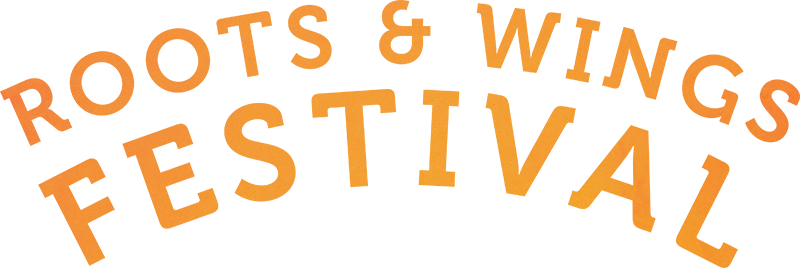Pollinators & Pollinator Conservation
This one-hour webinar presentation traces the evolutionary origins of pollination and reviews the extraordinary diversity and complexity of pollination systems in modern flowering plants. Topics include the relative benefits of sexual reproduction versus apomixis, self-pollination versus outcrossing, wind pollination versus pollination vectored by animals, generalist versus specialized pollinators, outcrossing mechanisms, buzz pollination, pollinators from bees to bats, and unique pollination systems in milkweeds, Yuccas, and orchids. We will discuss the declines of many pollinators and the likely causes, and will review pollinator conservation and restoration at the macro- to micro-scale.
The National Wildlife Federation’s South Central Regional Center is hosting a Webinar series about our native Texas pollinators. Every month, we will hear from a local expert who will talk about science-based facts that will help us to appreciate even more these amazing living creatures. Other experts will elaborate on how we can help increase the pollinator populations in our Texas ecosystems, including habitat restoration in urban, suburban, and private lands. Join us every month to learn much more, and get to know our local pollinator and pollinator conservation experts in a relaxed, friendly environment. These one-hour Webinars are open to all the public.
Watch the webinar!
About the presenter:
The June speaker was US Fish and Wildlife Service State Botanist and Restoration Ecologist Christopher Best.
Chris Best earned degrees in Plant Biochemistry and Botany and presented a thesis on strip mine spoil revegetation. From 1985–1989 he was an agroforestry extensionist with the Peace Corps in Guatemala. He has worked for U.S. Fish and Wildlife Service as a Plant Ecologist (1990–2006) and since 2006 as the agency’s Texas State Botanist and serves on the Monarch Conservation Team for the agency’s Southwest Region. He has co-authored scientific research papers on the ecology of some of the endangered and at-risk native plant species of Texas.

